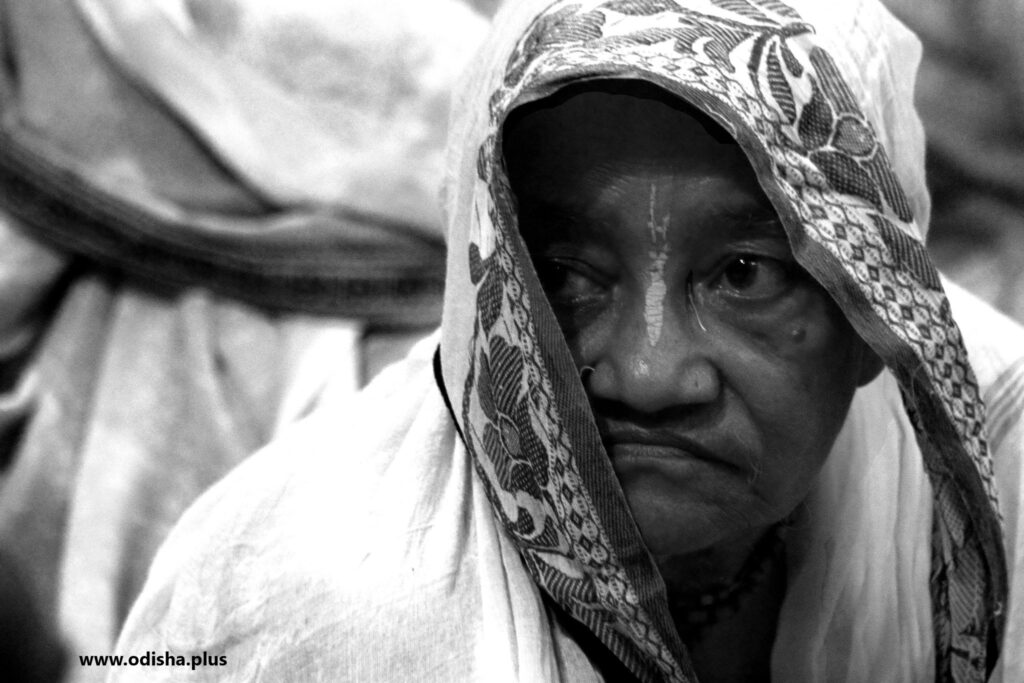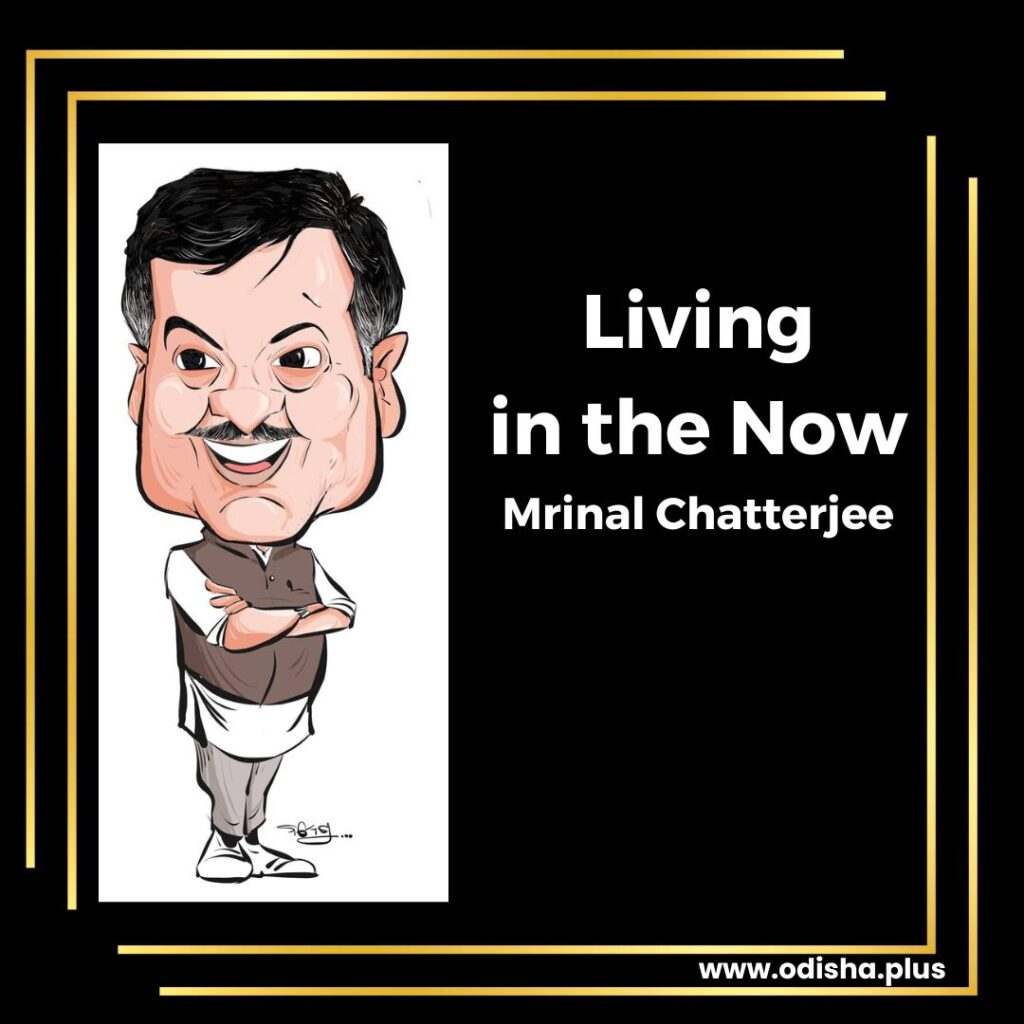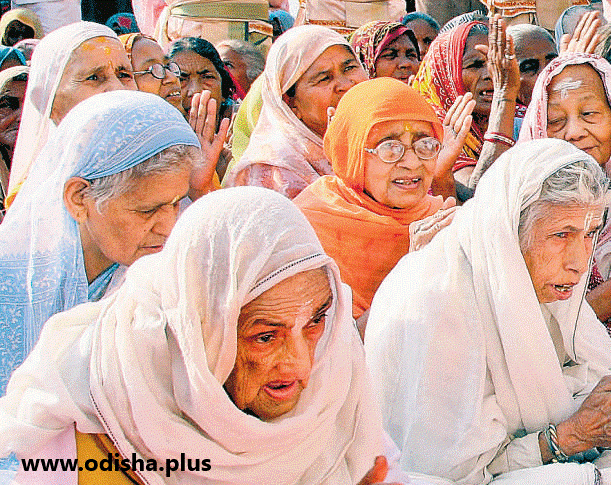Prof Mrinal Chatterjee
Widow is a woman whose husband has died and who has not married again. The ordinary term for a widow in India is ‘vidhwa’ (in Hindi) or ‘bidhaba’ (in Benglai and Odia) or (vitavai in Tamil) that originates from the Sanskrit word ‘vidh’ which means ‘to be destitute’. India is the country with the largest widow population in the world. It is estimated there are 50 million widows in India today – about 10 percent of the country’s female population.

When the husband dies, in addition to coping with grief, the woman usually finds herself without any social safety net. Far too often, she lacks access to inheritance, land tenure, employment and even the means to survive. Widows are often evicted from their homes and physically abused – some even killed – even by members of their own family.

In India, where widowhood constitutes a low status social institution as well as a personal condition, thousands of widows are disowned by relatives and made homeless, forcing many women to seek informal work as domestic labourers or turn to begging or even prostitution. A visit to the religious places like Kashi, Vrindavan, Puri bears testimony to the plight of the aged widows. The condition of the widows is not very different in other countries of the world, except in countries having a strong social safety net.

The Hindu Widows’ Remarriage Act 1856, also Act XV, 1856, passed on 16 July 1856, legalised the remarriage of widows in all jurisdictions of India under East India Company rule. The act was enacted on 26 July 1856. It was drafted by Lord Dalhousie and passed by Lord Canning before the Indian Rebellion of 1857. It was Ishwar Chandra Vidyasagar (1820-1891), who first campaigned for widow remarriage. He performed the first widow remarriage in Kolkata on 7 December 1856 under strict police protection from the fundamentalist Hindus, who were against this. The widow Kalimati daughter of Bramhananda Mukherjee was married to Sirishchandra Vidyaratna in Calcutta.
Veerasalingam Pantulu (1848-1919) formed an association for widow remarriage in the Telugu- speaking areas of the Madras Presidency and sent his students all over Andhra Pradesh to find young single men willing to marry widows. He arranged the first widow remarriage in Andhra Pradesh on 11 December 1881. Such campaigns were carried out by reformists in other states too.
167 years after the first widow remarriage, though things have improved, yet marrying a widow is still not widely accepted and still considered inauspicious in Indian society. A widow is still expected to lead a life of abstinence. The stigma attached to widowhood is so deep that in some places widows are prohibited from attending auspicious ceremonies like marriage. Superstitions around widows are still prevalent.
In countries embroiled in conflicts, women are often widowed young and must bear the heavy burden of caring for their children amid fighting and displacement with no help or support. Some of these widows are teenagers – or even younger. The death of their husbands can leave a terrible legacy these widows must endure throughout their remaining years.
The United Nations ratified a day to address the “poverty and injustice faced by millions of widows and their dependents in many countries”. The first-ever International Widows’ Day was observed on 23 June 2011. It was an occasion to call attention to the plight of most of the widows.
From 2011, this day has been observed to draw world attention to the condition of the widows. The theme of International Widows Day 2023 is ‘Innovation and technology for gender equality’. Efforts could be made by government and civil society organizations to provide a safety net and up-skill the widows so that they can earn and take care of themselves.
(The author is Regional Director Indian Institute of Mass Communication, IIMC Dhenkanal. Views are personal)






















